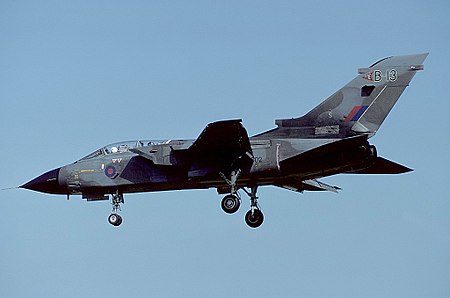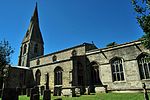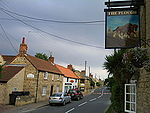RAF Cottesmore

Royal Air Force Cottesmore or more simply RAF Cottesmore is a former Royal Air Force station in Rutland, England, situated between Cottesmore and Market Overton. On 15 December 2009, Defence Secretary Bob Ainsworth announced that the station would close in 2013 as part of defence spending cuts, along with the retirement of the Harrier GR9 and the disbandment of Joint Force Harrier. The formal closing ceremony took place on 31 March 2011, and the airfield became a satellite of RAF Wittering until March 2012.In July 2011 Defence Secretary Liam Fox announced plans for it to be the airfield for one of five of the Army's Multi-Role Brigades. In April 2012 it was renamed Kendrew Barracks after Major General Sir Douglas Kendrew.
Excerpt from the Wikipedia article RAF Cottesmore (License: CC BY-SA 3.0, Authors, Images).RAF Cottesmore
Cottesmore Road,
Geographical coordinates (GPS) Address Nearby Places Show on map
Geographical coordinates (GPS)
| Latitude | Longitude |
|---|---|
| N 52.729444444444 ° | E -0.65138888888889 ° |
Address
Cottesmore Road
LE15 7BL , Cottesmore
England, United Kingdom
Open on Google Maps








